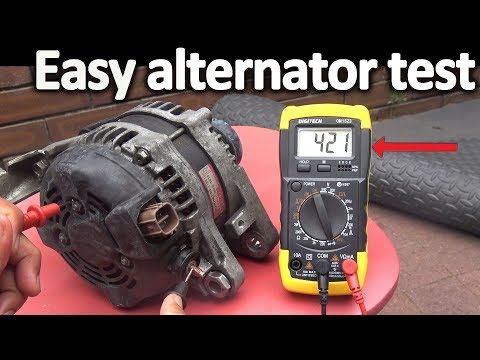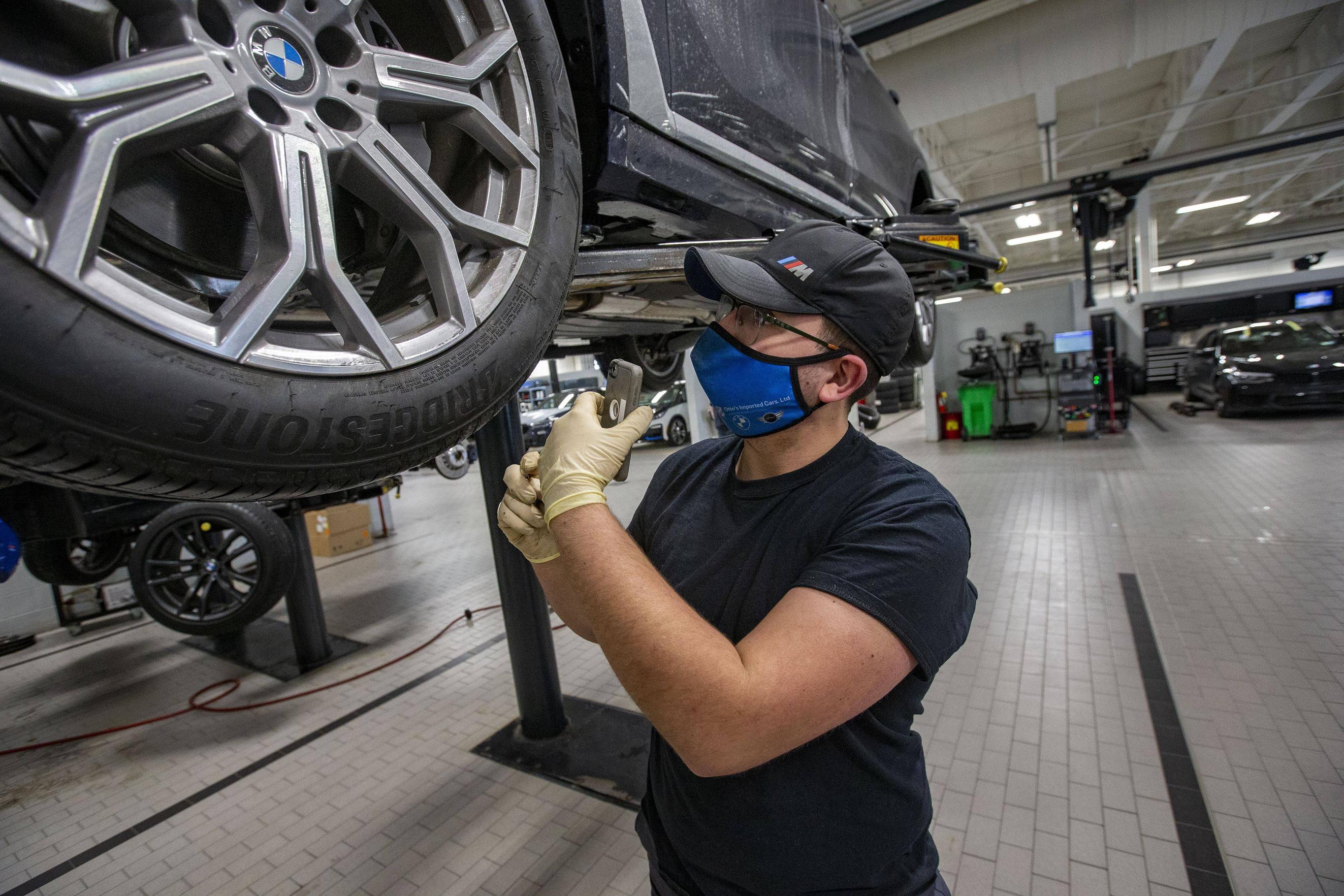
This article will cover how to change your headlight bulb for halogen or high-intensity discharging (HID). We'll also be covering how to inspect headlights to ensure they are properly aimed, and whether or not the housing has oxidized. We'll also cover how to determine if a fuse is blown. If you have followed these steps, your headlights will now shine brightly.
Replace a bulb with a high intensity discharge (HID), or halogen.
The halogen headlight bulb is one of the most popular types of headlight bulb on the market today. This bulb has been used for decades and is still the most preferred choice by most drivers. However, in the coming years, this technology will be challenged and may be supplanted by more advanced technologies. Let's learn about the different features and how to change a halogen halogen headlight bulb.
First, switch off the vehicle. Next, remove the fuse from the headlights. The appropriate fuse can be found in your vehicle’s manual. Once you've removed the fuse, you can start removing the headlamp bulb. Before you attempt to remove the bulb from the vehicle, ensure that all headlamp covers are removed. Turn the bulb until it is out of the socket.

Check the aim of your headlights
Before you drive, ensure your headlights are properly aligned. Set your vehicle up against a wall. Line up the front end of your headlights to the wall. Then, turn off the light source and compare your alignment to the guide. You should be able see any slight differences, or vice versa. If they're too far off or too close, they may blind you and void your insurance.
It can be challenging to align your headlights properly. So it is best to hire professional help. You can adjust your headlights by yourself but it is important to remember that misaligned lights can cause accidents for other drivers, and could result in tickets from the local authorities. If you aren't sure, ask the dealer for assistance. Many dealerships are happy to check the aim of your headlights for free.
Verify that the plastic housing is not oxidized
It is important to examine the plastic coating for damage or eroding when changing your headlight. While oxidation can be less noticeable than damage to metal over the long-term, it can still impact the appearance. Plastic headlights aren't designed for style. They are made to last. Over time, the protective film on the plastic housing can begin to wear away, resulting in hazy, blurry vision.
First, remove any oxidation. To clean the surface you can use sanding discs or pads. If the oxidation has only been superficial, you may use plastic polish. However, never use household glass cleaners or polish on clear plastic. After your headlights have been cleaned up, apply automotive polish.

Make sure you have a working fuse
It's possible that your headlights won't turn on because of a blown fuse. You should have a fuse for your headlights that is 15 amps. However, if in doubt, you can turn the lights off. Sometimes, replacing the fuse is more cost-effective than changing the headlights. Here's how to check for a blown fuse.
For a visual indication of a blown fuse check the fuse box either under the engine (or on the dashboard). The fuses regulate the beam height and intensity of the headlight. They are inexpensive and simple to replace. Check that the fuses have the same color, ampere rating, and contact at the terminals. If the fuses are the identical color, then the wiring inside the headlights can be as well.
FAQ
What are the requirements of an automotive technician?
You need to have high school diploma or GED and good grades in English as well as maths. Additionally, you will need to be proficient in reading and writing. You will need to pass a written test and then go through a series of practical exams before being allowed to start work.
What should I know about car mechanics
You don't need to know anything about cars to work as an auto mechanic. It's enough to know how to fix things. It's why many people begin to fix things by fitting brake pads or changing tires.
It is important to be able to read and understand diagrams as well as written instructions. You must also be able judge if parts need to replaced or repaired.
It is important that you have proper training and guidance before you attempt to repair vehicles. This is especially true when you are dealing with costly components like engines and transmissions.
Although you won't have to know much about automobiles, you must be familiar with the basics of mechanical engineering as well as physics. This includes understanding the mechanics of how engines and brakes work.
You should also be ready to handle all kinds of situations. For instance, you might find yourself in charge of a vehicle that has been in a serious accident. Additionally, you will need to have experience with handling accidents and breakdowns.
Finally, you need to be willing and able to quickly learn new skills. As well as being able to diagnose problems, you'll need to be able to perform simple maintenance tasks such as tightening nuts and bolts.
How long does a good mechanic take?
To become a skilled mechanic, you need years of experience and practice. The best way to learn how to repair cars is by working under the supervision of a professional mechanic.
You'll have to spend time at a garage learning all you can about cars and mechanics. You will need to read books on mechanical engineering and car design.
Furthermore, you'll need to enroll in auto school.
It's important to start early. To learn about automotive technology, don't wait to be older. If you want to qualify as a mechanic, get started now!
What is the difference?
Both are related, but they are not the same. An automotive technician maintains cars, while a mechanic repairs them.
A mechanic must possess good manual dexterity, and be able perform simple tasks efficiently. They should also be able correctly diagnose and repair any problems.
An automotive technician is required to have more technical knowledge than a mechanic. They should be able read blueprints and use tools like drills and wrenches.
They must also be able perform complex procedures safely. They must also be familiar with different types of engines and electrical systems.
They must also be capable of understanding how parts interact.
This means that mechanics usually make less money than automotive technicians. There are many job opportunities in both.
What qualifications do you need to be a mechanic?
A series of exams is necessary to become a mechanic. These exams include:
-
A test of general knowledge
-
A practical exam
-
An apprenticeship test
These tests are designed for you to understand the basic concepts and principles of mechanics before your start as a technician.
Once you've passed these tests, you'll be eligible to work as a mechanic. An apprenticeship is still required. This will include training in the trade.
To learn all you can about vehicle repair, you will need to take classes and workshops. It will be necessary to work alongside experienced mechanics.
To be a successful mechanic, you will need to have a high degree of concentration and attention. You will need to pay careful attention to every aspect when repairing vehicles.
To be a successful mechanic, patience and perseverance are essential. If you don’t love to follow instructions, this may not the right career path.
However, if you love cars or enjoy working on them, you might be happy in this field.
How do I fix my car for a hobby?
You might be interested in cars as a hobby. It is possible to learn about cars, repair them, purchase parts, or simply enjoy them. It's a fun hobby that you can do if it interests you.
However, it's not easy to turn this into a full-time career. It requires hard work and dedication. You'll also need to invest a lot.
You may not be able to have an emotional connection with cars unless there is a valid reason.
Statistics
- According to the BLS, total auto technician employment is expected to exceed 705,000 by 2030. (uti.edu)
- According to the BLS, the median annual salary for automotive service technicians and mechanics in the United States was $44,050 in May 2020. (uti.edu)
- 52% of Mechanics in the United States think their salaries are enough for the cost of living in their area. (indeed.com)
External Links
How To
How to properly diagnose and repair your vehicle
The symptoms of your vehicle are the first thing you need to look at in order to determine whether it is in dire need of repairs. Then, follow these steps to diagnose your vehicle properly.
-
Check engine lights. Make sure to check all dashboard indicators like the engine light indicator (oil pressure gauge), the battery indicator (battery light indicator), and the RPM indicator (rpm gauge). It could indicate that your vehicle is having problems.
-
Pay attention to the treads on your tires. If the tires are worn out, they could cause problems with handling and braking. The treads of the wheels should be inspected as well. They should look clean and be smooth. You can do this by taking off the wheels. You can check the tread wear with a flashlight.
-
Check the level of brake fluid. You must always monitor the level of your brake fluid. You can ensure that your brakes are working properly by monitoring the level of brake fluid in your vehicle. Your brakes may fail if the brake fluid level drops.
-
Test the suspension system. It is common for vehicles to have a suspension system which absorbs shocks or vibrations. It provides better control and allows smoother acceleration and deceleration. A suspension problem can cause your vehicle to feel wobbly and shake uncontrollably. If you are unsure if your vehicle is suffering from a suspension problem, put weight on the front and rear axles to check the movement.
-
Examine the steering column. Steering columns connect the steering wheels to other parts of the vehicle. Many accidents can cause damage to steering columns. If yours feels loose or shaky, you should replace it.
-
Observe the exhaust pipe. The exhaust pipes transport gases from the combustion chamber to outside. Exhaust pipes that are cracked or leaking can allow harmful fumes to enter your cabin. Also, if your tailpipe is bent, you should fix it immediately.
-
Look under your hood. Take a look underneath the hood to find any strange or unusual items. Fluids could be leaking from your engine. In addition, if you notice an unusual smell coming from your engine compartment, you should contact a professional technician.
-
You should inspect your air filter. The vehicle's outside environment may cause the air filter to collect dust and debris. Vehicles that have a dirty air filter will not run well. Replace your air filter regularly.
-
The fan belt should be checked. Your vehicle's fan belt connects the engine to the transmission. If it breaks, the engine won't turn over. It is easy to replace the belt. All you need to replace the belt is a screwdriver with pliers.
-
Verify the radiator hoses. The radiator hose transports water from radiator to engine. If the hose becomes damaged or cracked, hot liquid can be emitted onto the engine. The hose can be repaired with a pair or needle-nosepliers, and a wire brush.
-
Make sure you have the windshield wipers checked. Windshield wipers use electricity for snow and rain removal. If they stop working they could leave streaks behind on your window glass. The solution is to change the washer fluid.
-
Make sure you check the cables. Batteries provide power to electrical systems inside your car. When you replace batteries, make sure to disconnect the negative cable first. Failure to do so can damage your alternator.
-
Make sure your headlights are working properly. Headlights illuminate the road ahead of you. It can lead to poor visibility if they aren't working properly. To determine if your bulbs are out of date, check them.
-
Check the lights. Lights warn other drivers when you approach them at night. If one doesn't work, it could distract you and lead to an accident.
-
You should inspect your brakes. Before you get in a car accident, your brakes will be slowing down your vehicle. If the brakes fail to work correctly, your car could lose control and collide with another vehicle.
-
Change the oil. The oilkeeps your engine lubricated. It prevents metal parts from rusting too quickly. It is recommended that you change your oil at least once per month.